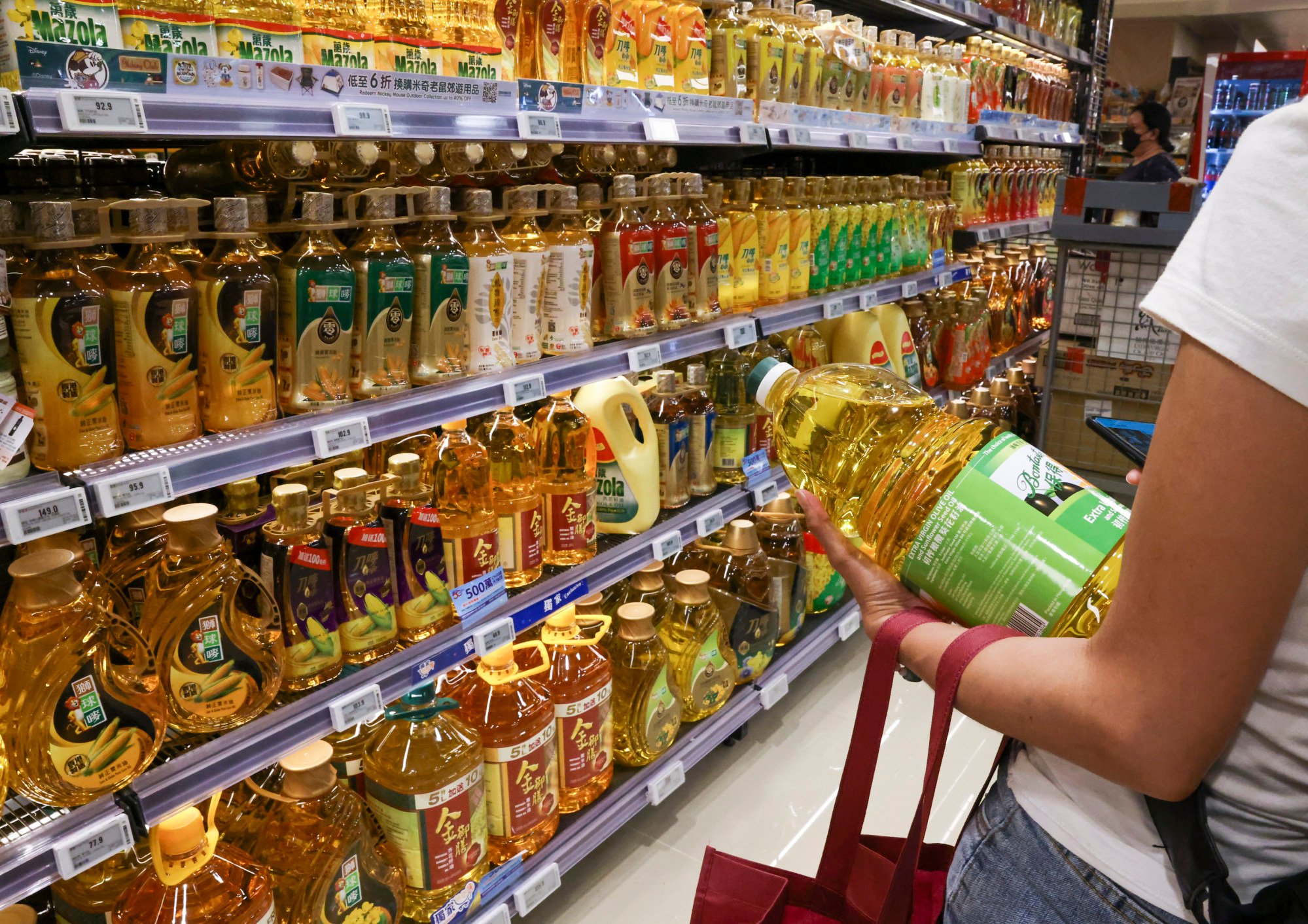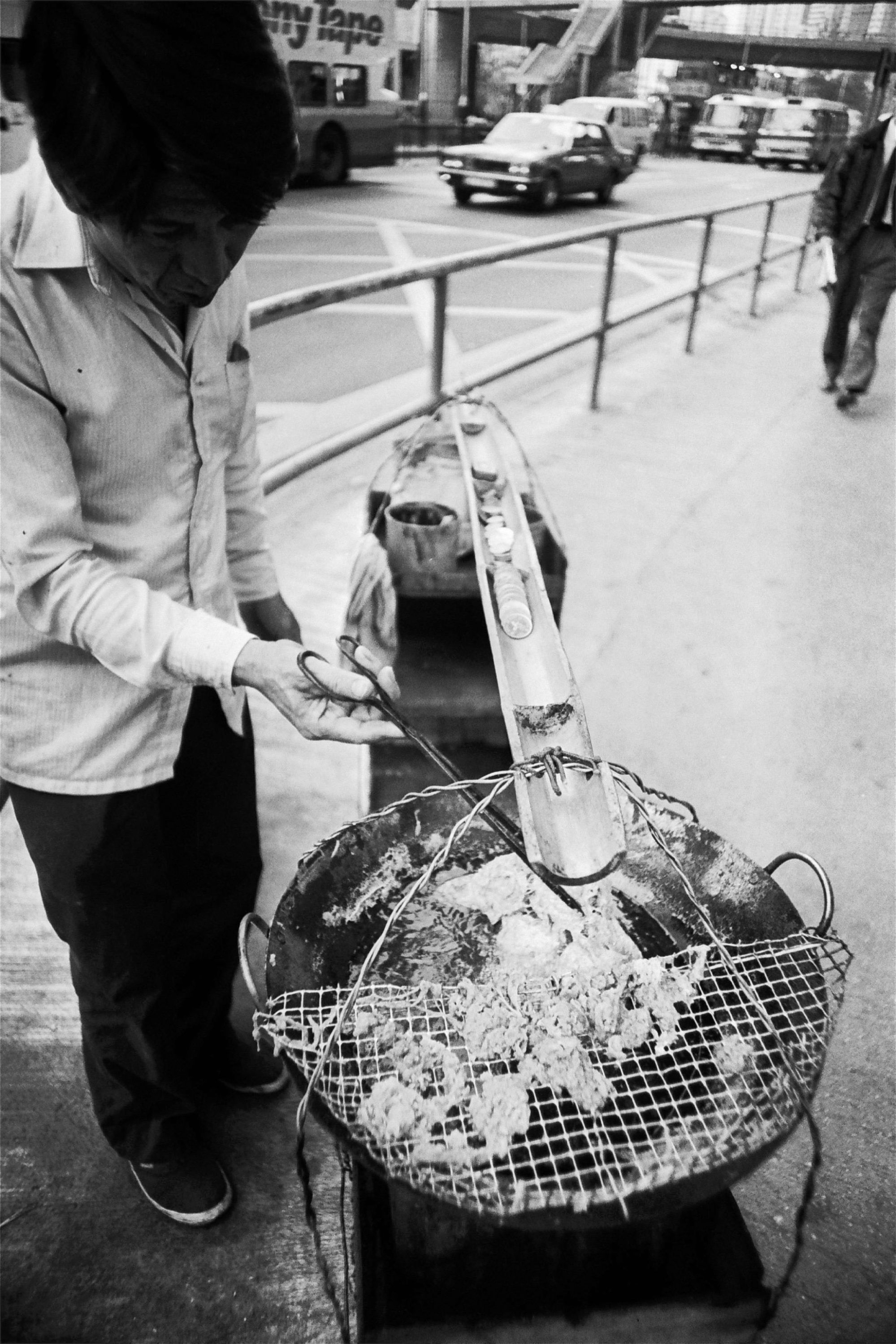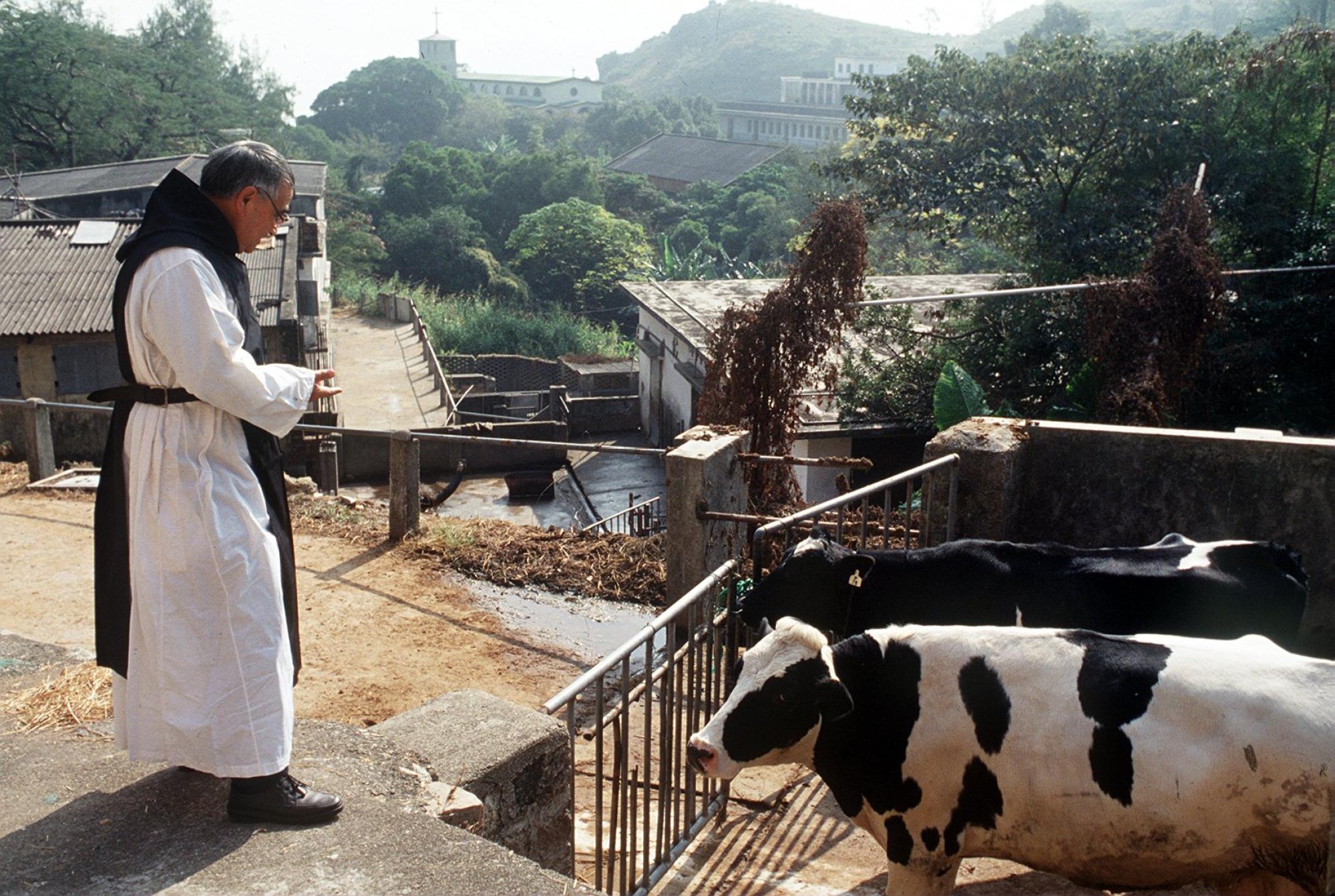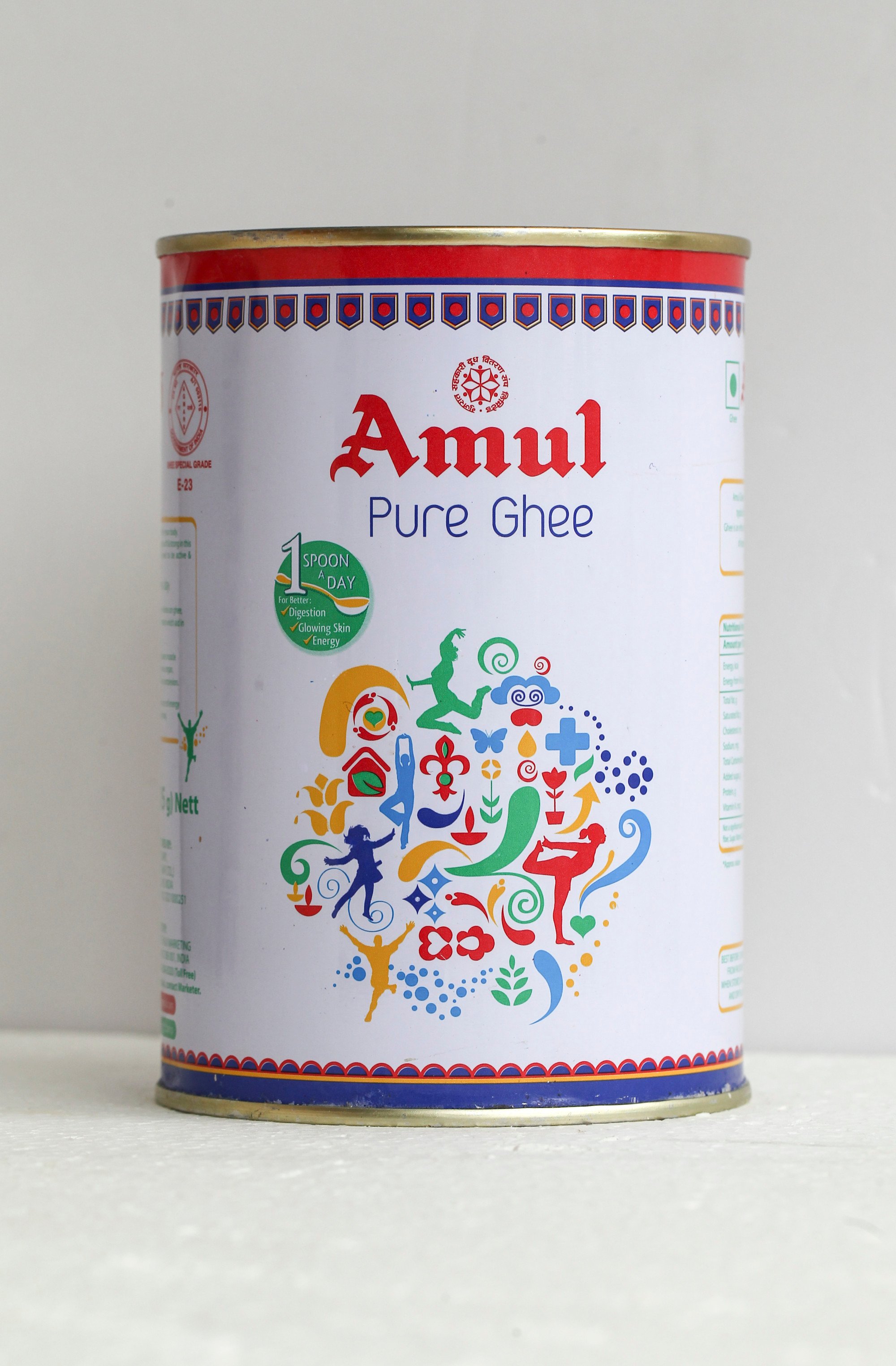
From lard to butter, ghee, olive oil and palm oil, how Hong Kong cooks’ tastes for edible fats have evolved
- ‘Wife cakes’ and mooncakes wouldn’t be the same without lashings of lard, but Hong Kong cooks have moved on to using other fats for many Cantonese dishes
- Butter and clarified butter, or ghee, were never popular in Chinese kitchens, but palm oil and healthier rapeseed and olive oil have all been adopted
Cantonese food is distinguished by three factors: freshness, sweetness and oiliness – to many palates, oiliness predominates. A wide variety of edible fats are consumed in Hong Kong, but peanut oil – along with rendered pork lard – remain firm favourites among more traditionally minded cooks.
Peanut oil adds a distinctive, immediately recognisable taste to Cantonese food, and remains the local cooking oil of choice.
Native to Central and South America, the humble peanut (Arachis hypogaea) – also commonly known as the groundnut – was introduced, like many other now common foods such as watercress, aubergines, tomatoes, yams, sweetcorn, maize and papayas, into maritime Asia in the 16th and 17th centuries through Manila, and Macau and Amoy (modern Xiamen).
Cultivation then spread into mainland China. Peanuts thrive in cool, dry climates; while extensively grown in northern China, most of modern Hong Kong’s peanut oil comes from Australia, the United States and South America.


The long-term health consequences of eating these cholesterol-laden treats remained minimal when lard was used only in festive foods. But with increased affluence, these erstwhile-occasional luxuries became everyday staples, with corresponding increases in cardiovascular disease, diabetes and other illnesses caused by affluence.
Dairy-based fats such as butter and ghee were never popular in Hong Kong; until recent years, few Chinese ate dairy products of any kind.
More chauvinistic mindsets maintained – perhaps with some reason – that butter and milk consumption made Europeans and Indians, in their humble opinion, offensive to the smell, especially in hot weather.

Tinned butter has been imported since the 19th century, and is still readily available. While Hong Kong developed a local dairy industry soon after its mid-19th century urban beginnings, local economies of scale ensured that only fresh milk and some cream – along with that essential by-product of dairy farming, veal – were produced; no large-scale butter or cheese production was attempted.
From the 1880s onwards, as long-range refrigerated transport developed, these commodities – along with other refrigerated items – were imported from other places with large dairy industries, mainly Australia and New Zealand; both countries remain major suppliers to Hong Kong.
Another major by-product of dairy industries in these locations was clarified butter, or ghee. Unlike fresh butter, ghee will stay fresh without refrigeration – a great boon in tropical climates.

From earliest times, most local ghee consumption was by migrants from the Indian subcontinent, who use the oil for religious ceremonies, as well as for cooking purposes.
The five healthiest cooking oils money can buy
Sesame oil burns at low cooking temperatures; for this reason – along with its relatively high price – this is mostly used for added flavour.
Strong-tasting Malaysian and Singaporean proprietary brands are preferred by many Hong Kong cooks to local products, which are often heavily blended with cheaper oils to lower production costs, with a resultant reduction in taste and pungency.

